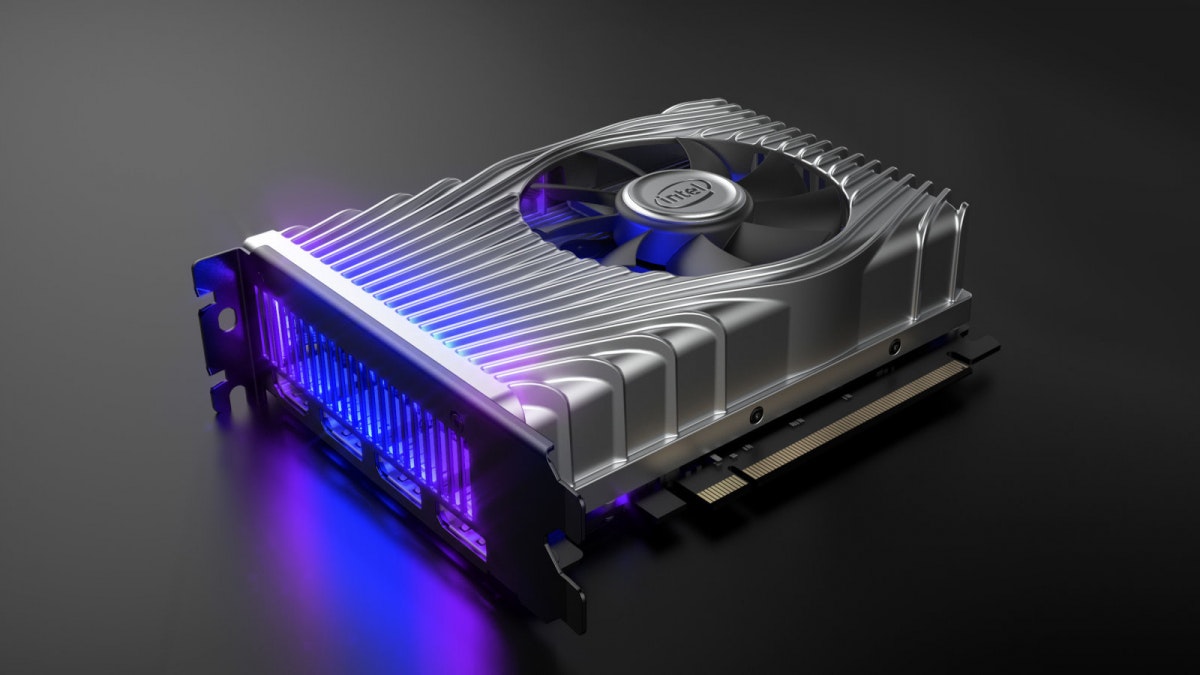Intel released first graphics card for desktops in decades
The processor manufacturer publishes its first dedicated desktop GPU under the name Intel Iris Xe Max. The picture shows the developer version. (Photo: Intel)
No time right now?
The processor manufacturer penetrates the graphics card market for desktop PCs. The new products are aimed at normal users as well as small and medium-sized companies.
The Xe cards that Intel has now introduced are not intended for gamers. They are designed more for mainstream PCs and corporate use, it is said. The chip company developed the devices under the code name DG1 and is now delivering them to OEMs. As an example, he cites the computer manufacturer Asus. The partners then pack the cards in prefabricated systems. It doesn’t sound like Intel is going free trading with it.
Contents
Intel Xe with poor performance data
Intel explains that after the introduction of the independent Iris Xe Max graphics card for notebooks, the decision was made to enter the desktop market as well. It’s from improved graphics functions and a convincing upgrade on the “existing options in the market segment”. In other words: Intel sees a gap in the high-volume desktop area.
The card offers three display outputs, hardware-based video decoding, display HDR and deep learning acceleration DP4a. 80 execution units and four gigabytes of memory sound like the lower middle class. When it was unveiled in October, Intel mentioned that the laptop counterpart played roughly in the same league as Nvidia’s Geforce MX350. Benchmarks for the desktop solution now presented are missing. The manufacturer states that it can control up to three 4k monitors. The company refers to its Product homepage to the partners who have not yet listed the card.
The first level to get involved with Nvidia and AMD
It is not the first attempt by the processor market leader to enter the market for dedicated graphics cards. Ten years ago, the group stopped developing the Larrabee project, which pointed in the same direction. Intel’s last market-ready product in this segment is more than 20 years old: the i740 series hit stores in 1998. While it remains to be seen whether the Xe can fight for its place in the midrange area, Intel is already working on the next trick: The HPG version of the Xe should also be able to stand up to the top candidates of the competitors. She is expected later this year.



